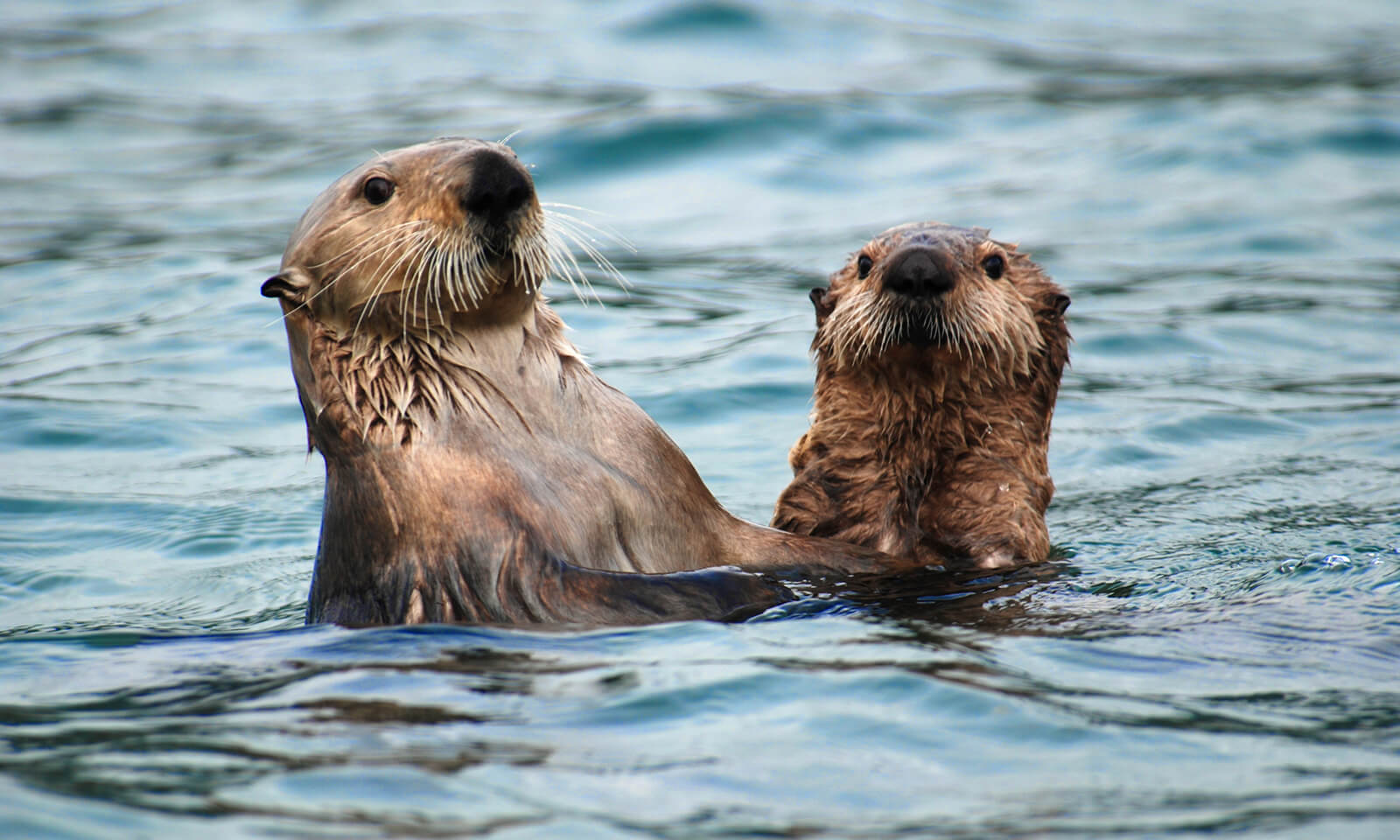Sea otters and their devastating impacts on Southeast Alaska shellfish were among the many emotionally-charged topics at the state Board of Fisheries marathon meeting running from Jan. 11-23 in Sitka.
Crabbers and fishermen who dive for lucrative sea cucumbers, geoduck clams and urchins again pleaded for changes to regulations to help protect their livelihoods from the voracious appetites of growing numbers of otters throughout the region.
“Sea otters are really causing havoc," said Olivia Olsen, who operates Alaskan Quota and Permits in Petersburg, in an interview. "They are moving in and moving north and just wiping out the grounds behind them. It is a definite problem, a major problem.”
About 400 sea otters were reintroduced to Southeast in the early 1960s after being nearly wiped out by fur traders. A 2012 estimate put their numbers at 25,000 and, at a reproductive rate of 12 percent a year, the population likely tops 40,000 animals today.
According to a 2011 report by the McDowell Group (the most recent analysis), otter predation has cost the Southeast economy over $28 million in losses to the Dungeness crab and dive fisheries since 1995.
The report concluded that those fisheries and large populations of sea otters cannot coexist in the same waters, stating: “Once commercially viable numbers of geoducks, urchins, sea cucumbers and crab are gone, they are not likely to return while sea otters remain.”
In testimony to the board, Kyle Hebert, dive fisheries research supervisor for the Alaska Department of Fish and Game, called sea otters “the greatest threat to the future of the dive fisheries,” and said that fewer areas are now open with declines continuing in southern regions.
“Although geoduck clam and sea cucumber areas are still open in this area, the populations are steadily declining and with each survey that we conduct, we expect commercial harvest opportunities to drop,” Hebert added.
Sea otters are listed as a protected species under the Marine Mammal Protection Act. Nearly 20 Southeast organizations, municipalities and Native groups have gone on the record asking for management changes to the federal sea otter plan so that it interprets the act as an ecological balance of all species, including humans.
Many urge that the state take over otter management from the U.S. Fish and Wildlife Service, which they criticize “for doing nothing to rectify or implement a sustainable management policy since the mid 1990’s.”
The Ketchikan Borough has suggested that more Alaska Natives be allowed to hunt otters, the only people allowed by law to do so. Only about 1,200 are taken annually, which does not keep up with the otter birth rates. In a 2017 issue paper, borough manager Ruben Duran suggested that the blood quantum (percentage) for Alaska Natives be reduced from one-quarter percent to one-sixteenth or 6.25 percent to allow for more hunting.
The continued loss of revenue through lack of sustainable otter population management, Duran said, is likely to remove over 650 fishermen and other full-time related jobs in the region.
“I know the department has to have a sustainable management plan in place, and we don’t argue with that, but our question is that you don’t have a sustainable management plan in place when you have sea otters,” said Phil Doherty, executive director of the Southeast Alaska Regional Dive Fisheries Association.
Most decisions on sea otter management are beyond the purview of the state Board of Fisheries. Member Orville Huntington suggested that the otter population would eventually limit itself.
“I think nature will take care of itself at some point,” he said.
The 2016-17 Southeast Alaska sea cucumber fishery was valued at $5.3 million to fishermen, geoduck clams at nearly $3 million, over $7 million for Dungeness crab and $677,000 for red urchins.







